(NLDO) - In the extremely dark and cold place of the Solar System, Ariel's clue about an ocean of liquid water is completely surprising.
Uranus' moon Ariel, named after a spirit in William Shakespeare's tragicomedy "The Tempest," has revealed indirect signs of an underground ocean in new observational data from the James Webb Space Telescope.
The surprising sign that James Webb found was the unusual presence of carbon dioxide ice on the surface, especially dense on its "trailing hemisphere," the side that always faces away in the moon's movement around its parent planet.
This fact is surprising because with the cold temperature of the Uranus system - an average of 2.9 billion km - carbon dioxide easily turns into gas and escapes into space.
Scientists have hypothesized that something is supplying carbon dioxide to Ariel's surface.

Moon Ariel may have an underground ocean beneath its icy exterior, with Uranus on the horizon - AI illustration: Anh Thu
An earlier idea supported the idea that interactions between the moon's surface and charged particles in Uranus's magnetosphere produced carbon dioxide through radioactive decay, in which molecules are broken down by ionizing radiation.
However, a research team led by scientists from the Johns Hopkins University Applied Physics Laboratory (USA) has found another answer.
Publishing their findings in the scientific journal Astrophysical Journal Letters, the team said they used NASA's James Webb Space Telescope to collect chemical spectra of the moon, then compared them with the spectra of simulated chemical mixtures in the laboratory.
The results showed that Ariel has the largest carbon dioxide-rich sediments in the Solar System, estimated to be 10 mm or more thick in the hind hemisphere.
Among those sediments was another puzzling discovery: The first clear signals of carbon monoxide.
“It shouldn't be there. You have to get down to -243 degrees Celsius before the carbon monoxide is stable,” said lead author Dr Richard Cartwright.
Meanwhile, Ariel's surface temperature averages around -208 degrees Celsius, suggesting this carbon monoxide would have to be actively replenished.
Radioactivity may still be responsible for some of that addition, but many questions remain about Uranus's magnetosphere and how much it interacts with the planet's moons.
Even during Voyager 2's flyby of Uranus nearly 40 years ago, scientists suspected that such interactions might be limited because Uranus's magnetic axis and the orbital plane of its moons are misaligned by as much as 58 degrees.
So for these elements to be present in the way they are found on an icy moon, there would need to be a liquid water ocean that would fuel some chemical process, pushing the aforementioned materials out through cracks in the ice shell or eruptive plumes.
Furthermore, new spectroscopic observations suggest that Ariel's surface may also contain carbonate minerals, which can only form through the interaction of liquid water with rock.
It's too early to tell whether this ocean is habitable, but liquid water is always a leading indicator of potential life.
So Ariel would be an interesting world for future space missions to target.
Source: https://nld.com.vn/he-mat-troi-xuat-hien-mot-dai-duong-su-song-moi-196240729100924422.htm








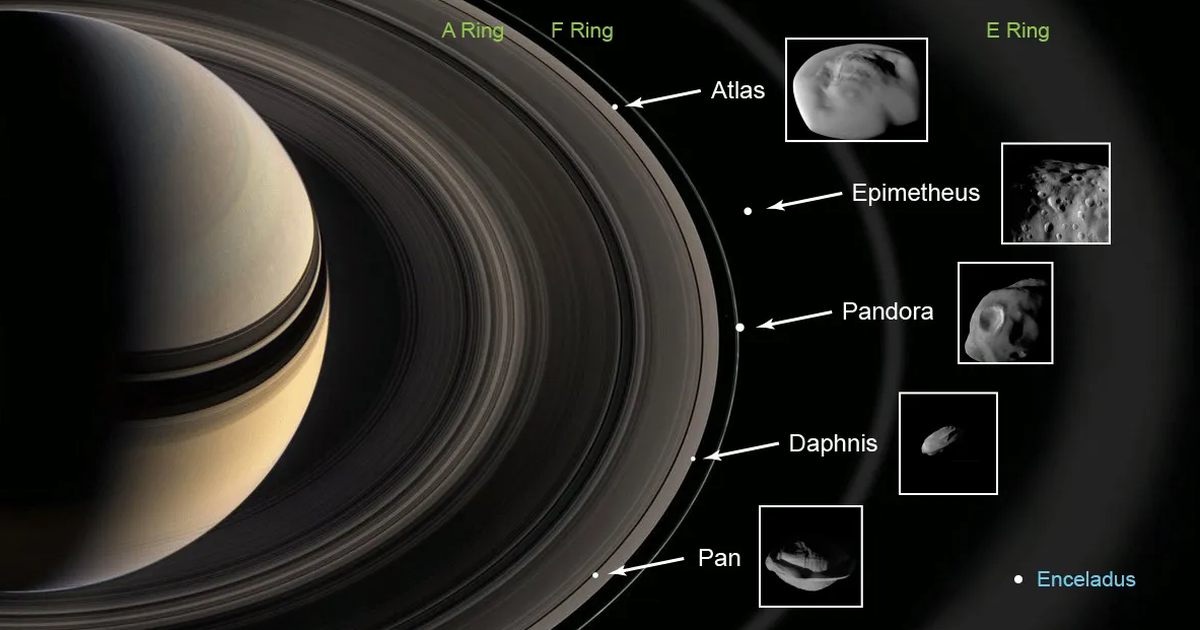

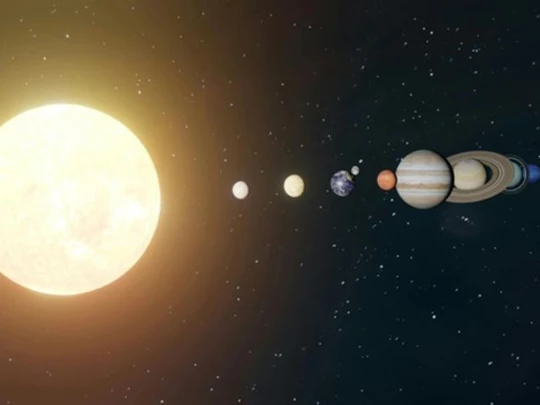

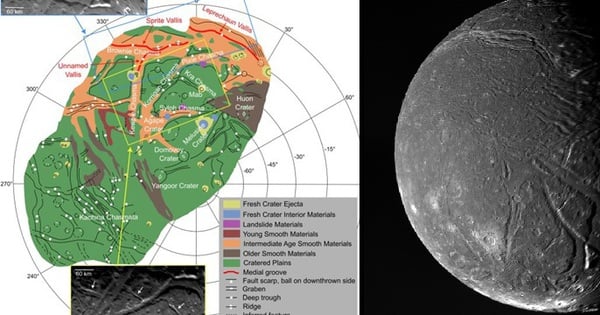
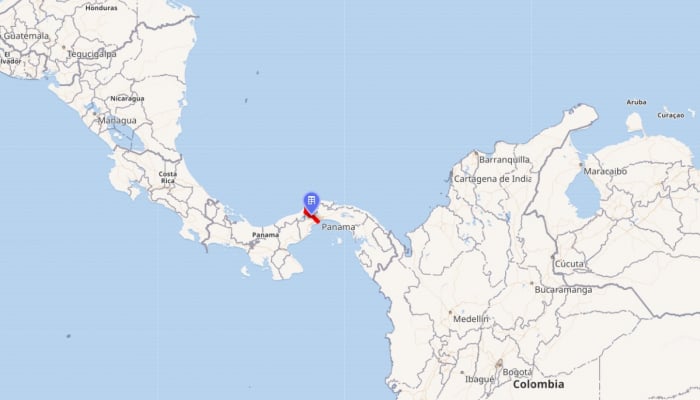

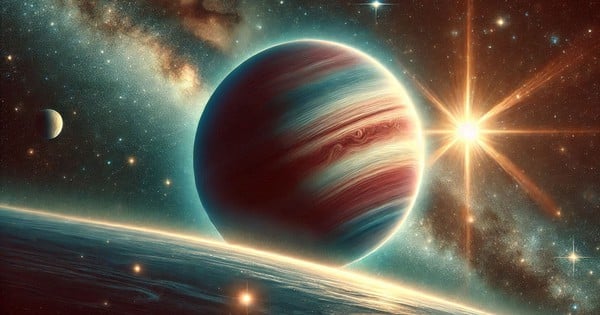
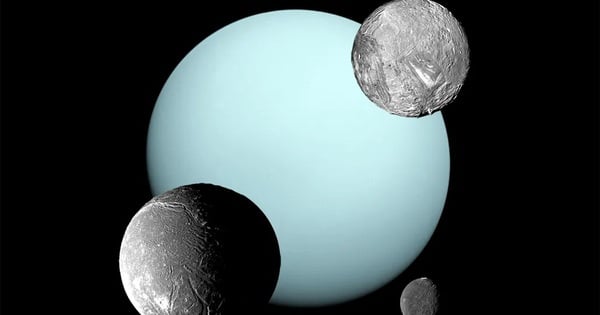















![[Photo] "Beauties" participate in the parade rehearsal at Bien Hoa airport](https://vstatic.vietnam.vn/vietnam/resource/IMAGE/2025/4/11/155502af3384431e918de0e2e585d13a)






























































Comment (0)